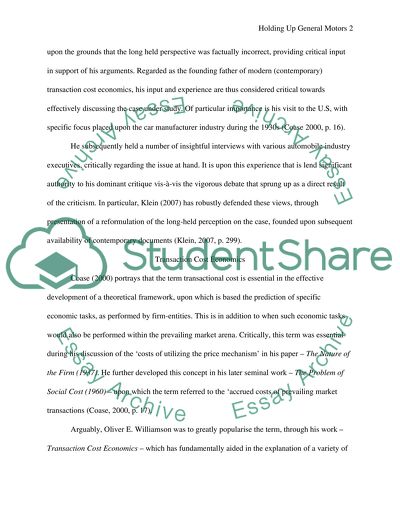Cite this document
(“Holding up general motors Issues in the fisher body case study Literature review”, n.d.)
Holding up general motors Issues in the fisher body case study Literature review. Retrieved from https://studentshare.org/macro-microeconomics/1670707-holding-up-general-motors-issues-in-the-fisher-body-case-study
Holding up general motors Issues in the fisher body case study Literature review. Retrieved from https://studentshare.org/macro-microeconomics/1670707-holding-up-general-motors-issues-in-the-fisher-body-case-study
(Holding up General Motors Issues in the Fisher Body Case Study Literature Review)
Holding up General Motors Issues in the Fisher Body Case Study Literature Review. https://studentshare.org/macro-microeconomics/1670707-holding-up-general-motors-issues-in-the-fisher-body-case-study.
Holding up General Motors Issues in the Fisher Body Case Study Literature Review. https://studentshare.org/macro-microeconomics/1670707-holding-up-general-motors-issues-in-the-fisher-body-case-study.
“Holding up General Motors Issues in the Fisher Body Case Study Literature Review”, n.d. https://studentshare.org/macro-microeconomics/1670707-holding-up-general-motors-issues-in-the-fisher-body-case-study.


